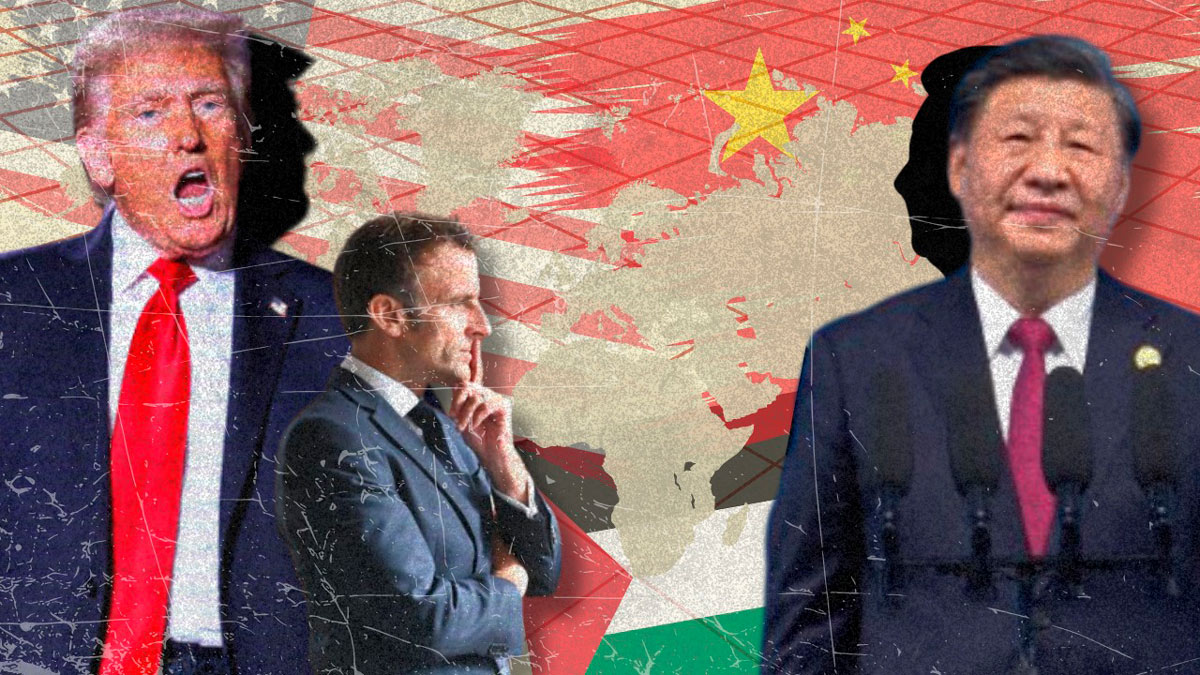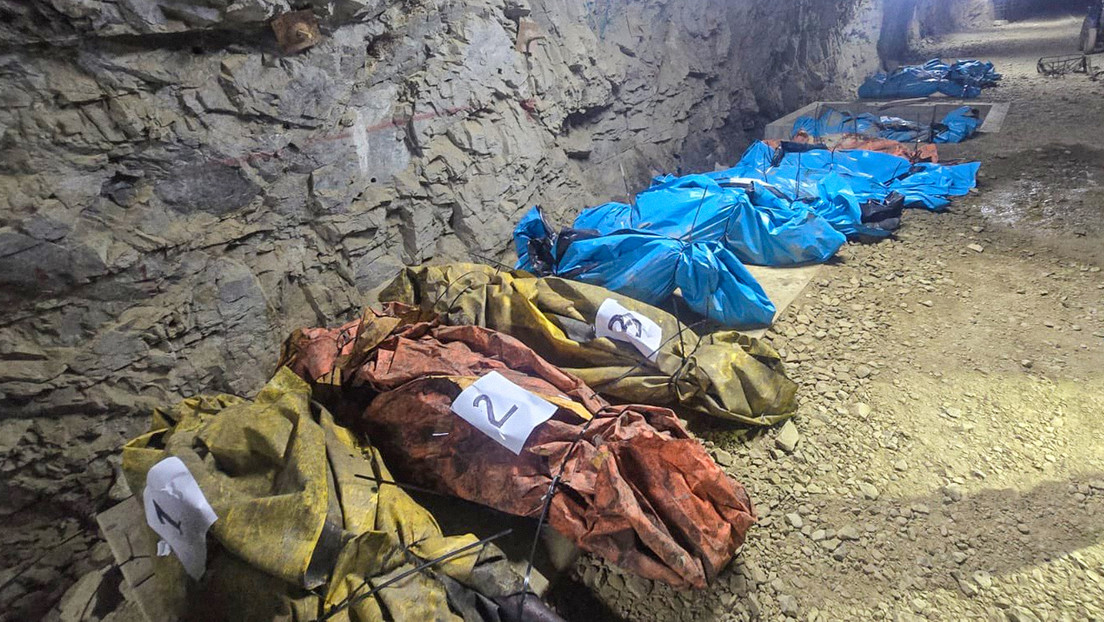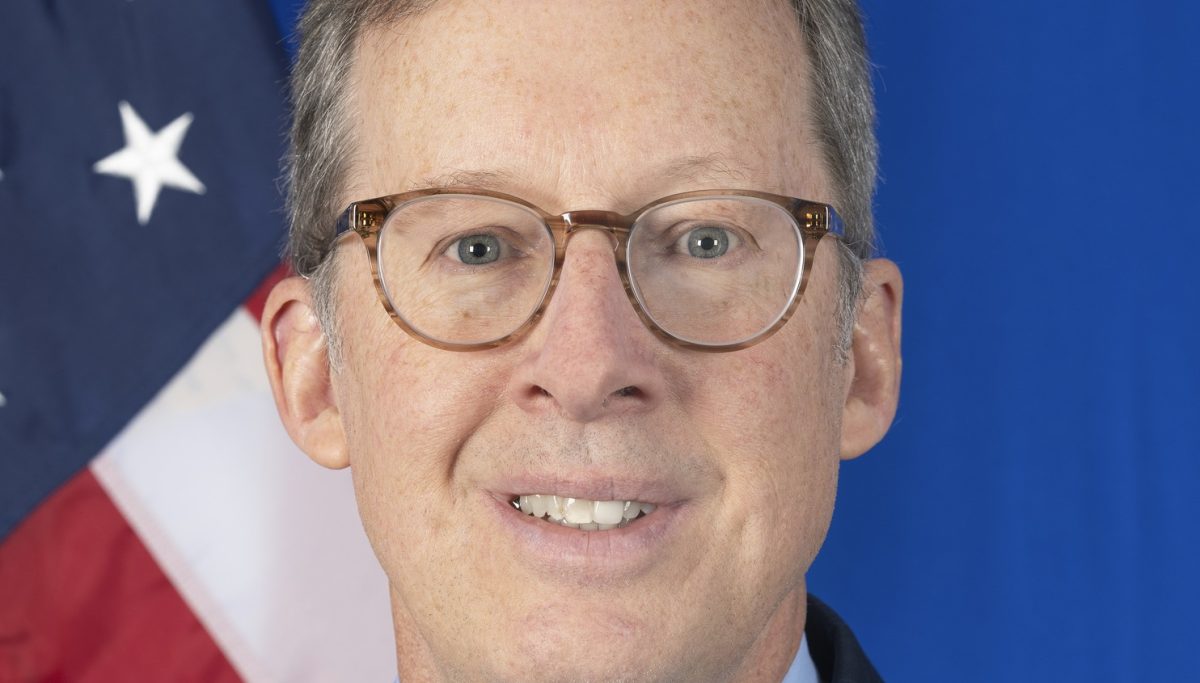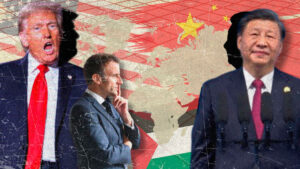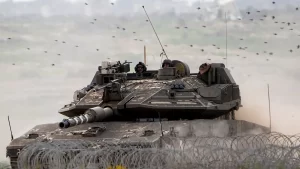LHASA, March 14 (Xinhua) — Karma Chowang had never seen an elevator or an electronic whiteboard before until he entered high school.
Chowang, 14, is an eighth-grader in the Lhasa Jiangsu Experimental High School in Lhasa, capital of southwest China’s Tibet Autonomous Region.
He was born into a herders’ family in the remote area of Ngari Prefecture, known for its high altitude of more than 4,500 meters on the average and harsh natural environment. He never expected he would enter a school in the regional capital.
“My former primary school in my hometown did not even have a basketball court,” he said, adding that the schooling, uniforms and textbooks are all free of charge.
With teachers from other parts of China sent to Tibet to help with education as well as investment poured into the region, children in the plateau region have received better-than-ever education.
Lhasa Jiangsu Experimental High School is a boarding school funded by east China’s Jiangsu Province with a total investment of 260 million yuan (about 41 million U.S. dollars).
The school has various clubs for students to learn dancing, music, calligraphy and other skills.
“I have learned how to play guitar in the club,” said Sonam Dorgya, 14, from the rural area of Qamdo City.
Jiangsu has sent nearly 200 teachers in five batches to the school since its opening in 2014, helping cultivate nearly 14,000 graduates, said Ma Hua, president of the school.
Wang Renquan, a teacher from Jiangsu, said the Tibetan students are enthusiastic.
“When you come to class, you may find a cup of milk tea on the table, with a note saying, ‘Thank you for your hard work, sir,'” Wang said with a smile.
The teachers bring not only academic knowledge to students but also advanced teaching experience to local teachers.
Huang Renming, 52, is one of the teachers in the school who trekked for 15 hours to a remote high school in Medog County last December for educational exchanges — teaching local students and communicating with their teachers.
During the activity, Huang found local teachers still used an outdated way of education: The teachers lectured throughout the class without much interaction with the students.
“We advised them to allocate more time in the class for the students to proactively explore and express themselves,” said Huang.
In old Tibet, there was not a single proper school. The illiteracy rate exceeded 95 percent.
From 1951 to 2020, the central government invested 224 billion yuan in Tibet’s education. The region now has 3,195 schools of various types and at various levels, hosting more than 790,000 students, read a white paper released in May last year. Students there enjoy 15 years of publicly-funded compulsory education.
Karma Chowang said unlike on the vast ranch, where he rarely saw a playmate, he has learned teamwork in the school. He has joined the school’s soccer team as a goalkeeper.
“When I grow up, I want to join the national (soccer) team,” he said.


